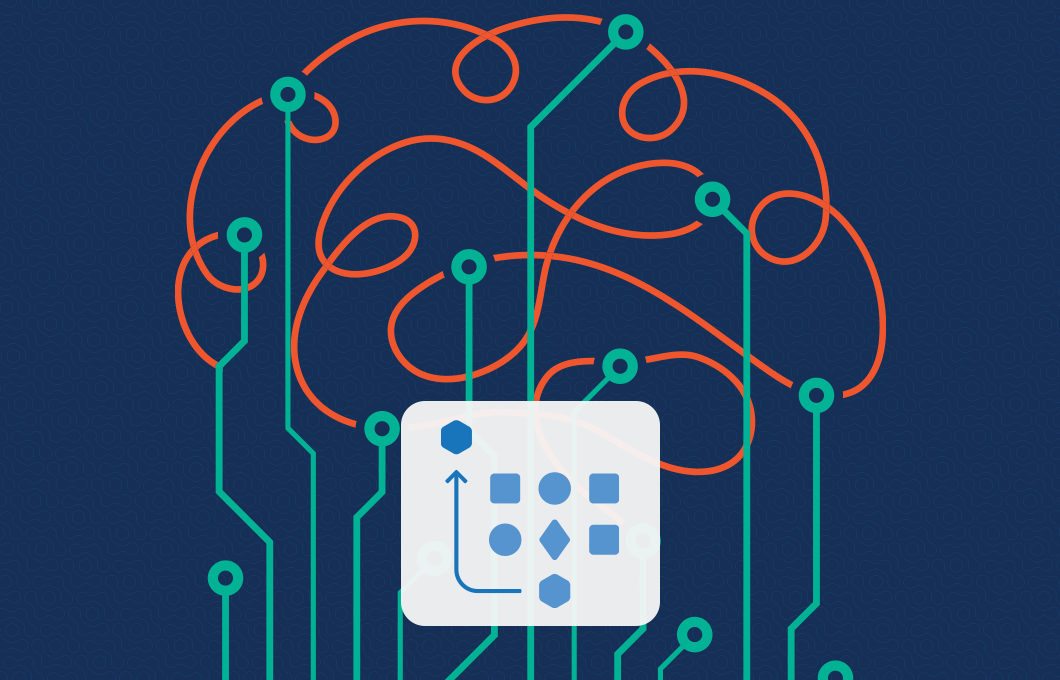Sign up below.
Organizations are sitting on troves of unstructured language data and are generating more of it every day. Unfortunately, many companies are unable to put it to good use and capitalize on the opportunity in front of them.
While natural language processing is often the go-to solution for analyzing data, there is fragmentation, and even confusion, when it comes to choosing the artificial intelligence approach that powers NLP models.
Often, this is framed as a choice between a rule-based approach in symbolic AI or a statistics-based approach in machine learning. Both offer unique benefits, but neither offers a universal solution that fits every business case. However, when used together in a hybrid approach, they open a new world of opportunity that allows you to maximize the benefits of both.
In this white paper, we examine several core use cases enabled by a hybrid approach that can bring immediate value to your organization. Read along to better understand how a hybrid approach:
- Controls data shift over time
- Categorizes highly complex documents
- Extract important “relational information” for better contextual understanding

